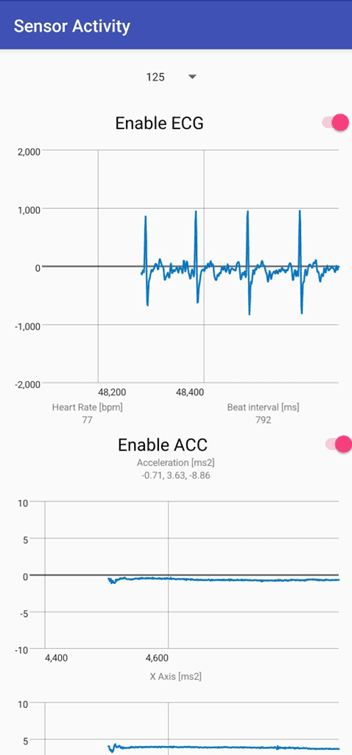
Anxiety Monitoring Intelligent GArment (AMIGA)
project information
Project title: Anxiety Monitoring Intelligent GArment (AMIGA)
Code: INC-UDIT-2025-PRO17
Project PI: Phd. Carolina García Vázquez (carolina.garcia@udit.es) Co-Principal Investigator Alberto Ramos Serrano (alberto.ramos@udit.es)
objectives
What if a cushion could detect your anxiety and help you calm it down?
- To develop an interactive textile device that helps people to detect acute episodes of anxiety.
- To analyse smart textiles and commercial sensors for the definition of biometric parameters that can be measured and that are related to these acute episodes of anxiety.
- Create an algorithm that, from the biometric signals generated, infers that the user is having one of these episodes.
- Implement a system that helps to calm the patient once the episode is detected through multisensory mechanisms.
Methodology
The project contemplates a cascade methodology combined with user-centred design, so that at the technological level, sensors for each parameter to be measured will be added one by one, carrying out operational and reliability tests, but always taking the user into account when designing the interaction.
practical applications
This project opens up a large collection of solutions based on non-intrusive monitoring and, if necessary, acting accordingly to improve people's well-being:
- Optimising sleep by detecting the quality of rest, measuring biometric parameters such as breathing, providing relaxing stimulation if necessary.
- Creation of social robots to help people with Alzheimer's and other dementias to reduce apathy.
- Posture detection for people who spend long periods in a seated position based on the pressure exerted on the cushion.

innovation and competitiveness
The research carried out in the AMIGA project can position UDIT as a leading university in the knowledge and development of smart textiles aimed at the well-being of the population, consolidating its leadership in the union of technology and design at the service of people. This advance will not only allow UDIT to stand out in the academic and scientific sphere, but will also facilitate the transfer of knowledge to industry, promoting the creation of solutions based on these smart textiles. Furthermore, the integration of this technology in IoT (Internet of Things) environments opens the door to its application in smart homes, connected cities, workspaces and digital health environments, where these textiles could interact with other devices to optimise the physical and emotional well-being of individuals.
Do you want to know more about the relevance of this topic?
Ramos Serrano, A. (2024, 19 November) What can smart clothing do? The Conversation.


